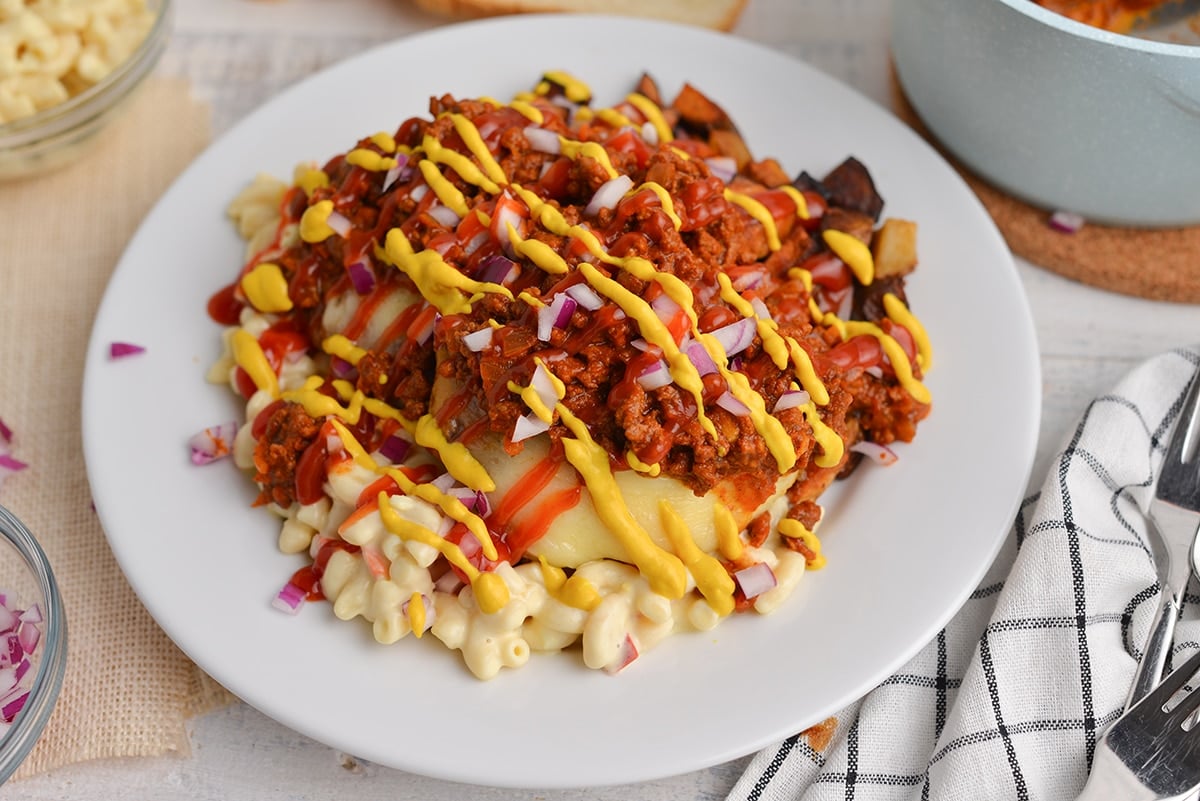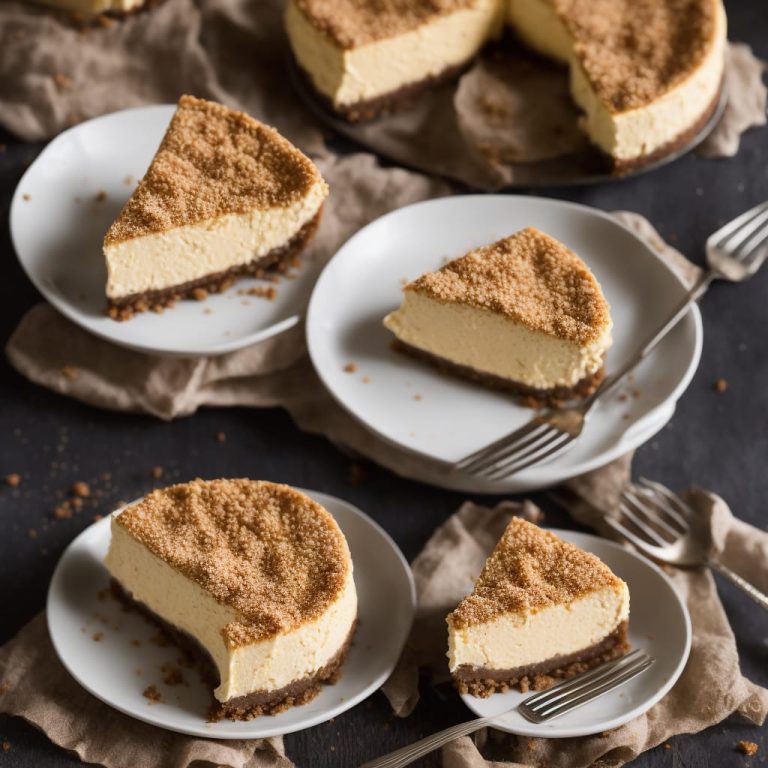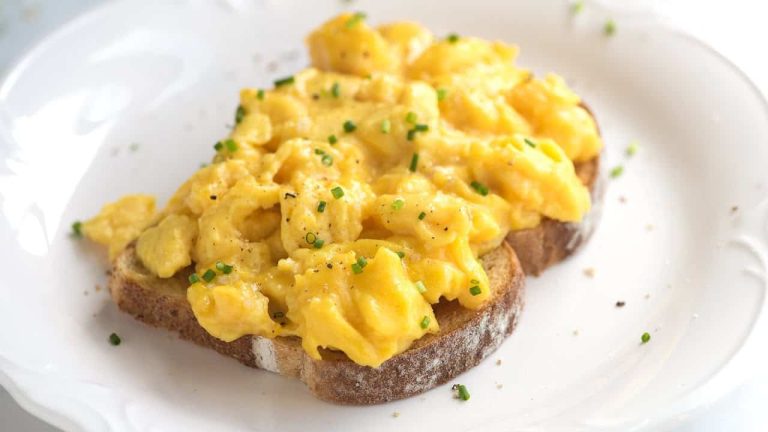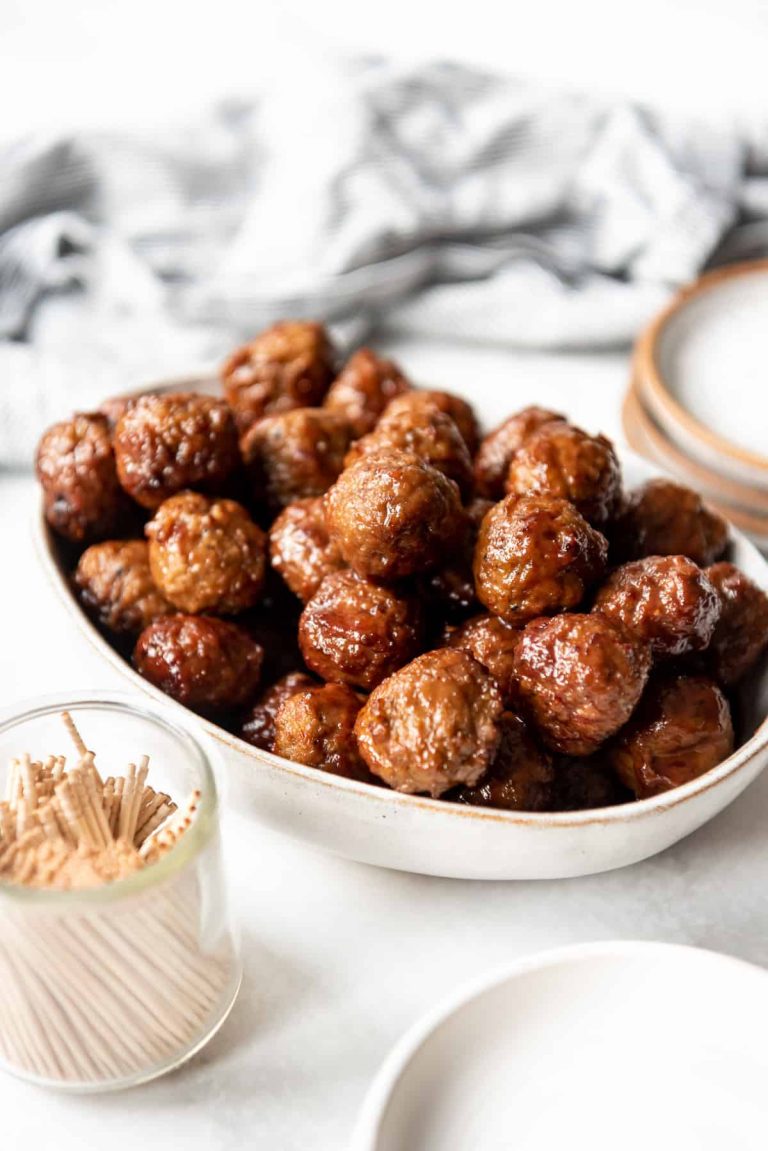Garbage Plate Sauce: Origins, Recipes, and Nutritional Info
Garbage Plate Sauce, originating in Rochester, New York, elevates the traditional Garbage Plate. First introduced at Nick Tahou Hots, this flavorful sauce quickly became a local favorite. You can find it enjoyed at diners and family gatherings across the region. Enthusiasts often seek out the sauce for its ability to transform simple ingredients into a savory delight.
Key Ingredients
Garbage Plate Sauce typically includes ground beef, onions, and a blend of spices. You might notice hints of garlic, paprika, and chili powder providing depth to the flavor. A tomato base thickens the sauce, making it perfect for pairing with macaroni salad, home fries, and other elements of a classic Garbage Plate.
How to Make Garbage Plate Sauce
Traditional Recipe
Start with one pound of ground beef. Cook it in a large skillet until it’s browned, breaking it apart with a spoon. Drain the excess fat and set the beef aside. In the same skillet, add one chopped onion. Sauté until the onion becomes translucent. Stir in three minced garlic cloves and cook for another minute.
Add the browned beef back into the skillet. Mix in one can of tomato sauce (15 ounces), two tablespoons of Worcestershire sauce, and one tablespoon of yellow mustard. Incorporate the spice blend: one teaspoon of paprika, one teaspoon of chili powder, half a teaspoon of cayenne pepper, and salt and black pepper to taste. Let the mixture simmer on low heat for 30 minutes, stirring occasionally, until the sauce thickens.
Vegan and Vegetarian Variations
For a vegan or vegetarian version, replace the ground beef with a plant-based alternative or crumbled tofu. Follow the same browning techniques as with ground beef.
To make it more flavorful, add extra vegetables like diced bell peppers or mushrooms when sautéing the onion. Use one can of tomato sauce, two tablespoons of vegan Worcestershire sauce, and one tablespoon of yellow mustard in the recipe. For the spice blend, use one teaspoon of paprika, one teaspoon of chili powder, half a teaspoon of cayenne pepper, and salt and black pepper to taste. Let the sauce simmer for 30 minutes until it thickens, stirring occasionally.
By following these steps, you can make a delicious Garbage Plate Sauce to elevate your dish, catering to both traditional and vegan palates.
Popular Dishes Featuring Garbage Plate Sauce
Combining With Different Proteins
Garbage Plate Sauce can enhance a variety of proteins, enriching their flavors with its unique spice blend. Pair the sauce with grilled chicken, adding a rich, savory layer that complements the meat’s natural juices. Pour it over beef burgers, blending with melted cheese for a hearty, satisfying meal. For a healthier option, use the sauce with grilled fish, such as tilapia or salmon, offering a tangy contrast that enlivens the dish. Vegetarians can enjoy the sauce over grilled tofu or plant-based burgers, benefiting from its robust, meaty essence without animal products. Each protein choice gains a flavor boost, making meals more delicious.
Serving Ideas and Pairings
Integrate Garbage Plate Sauce in various serving styles to diversify your meals. Drizzle it over french fries, creating a loaded snack with added indulgence. Mix it into pasta dishes, where the sauce melds with noodles for a comforting, flavorful experience. Use it as a topping for nachos, blending with cheese and toppings for a unique take on this classic appetizer. For an interesting side, pair it with roasted vegetables, accentuating their natural sweetness with the sauce’s zesty profile. Additionally, serve it as a dipping sauce for breadsticks or mozzarella sticks, enhancing familiar favorites with new flavors. Each serving idea maximizes the sauce’s potential, inspiring culinary creativity.
Health Aspects of Garbage Plate Sauce
Nutritional Information
Garbage Plate Sauce contains a mix of ground beef, onions, spices, and a tomato base. It’s rich in protein due to the beef. On average, a serving of Garbage Plate Sauce provides around 150-200 calories, 10-15 grams of protein, 10-12 grams of fat, and 5-8 grams of carbohydrates. The sauce is also a good source of vitamins A and C from the tomatoes and onions. However, its sodium content might be higher due to added spices and seasonings, reaching up to 500-700 mg per serving.
Considerations for Dietary Restrictions
If you’re following specific dietary restrictions, consider the composition of Garbage Plate Sauce. For those on a low-sodium diet, reduce or omit added salt in the recipe. Vegetarians and vegans can substitute ground beef with plant-based alternatives like textured vegetable protein or crumbled tofu. If you’re avoiding gluten, ensure all seasonings and tomato products used are gluten-free. By making these adjustments, you can cater Garbage Plate Sauce to fit various dietary needs without compromising its distinctive flavor.
Conclusion
Garbage Plate Sauce is more than just a topping; it’s a flavor powerhouse that elevates the entire dish. Whether you’re sticking to the traditional beef-based recipe or exploring vegan and vegetarian options, there’s a version to suit your tastes. With its rich protein content and nutritional benefits, this sauce can fit into various dietary needs. Adjustments for low-sodium, gluten-free, or plant-based diets ensure everyone can enjoy this iconic Rochester favorite without compromising on flavor. Dive into the world of Garbage Plate Sauce and discover how this unique condiment can transform your culinary experience.





